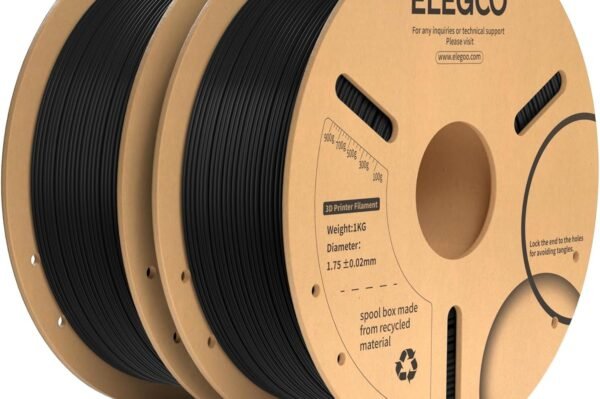How to Write an Effective Blog Post
Writing a blog post may seem like a simple task, but creating content that is engaging, informative, and optimized for search engines requires careful planning and execution. Whether you are a seasoned blogger or just starting out, these tips will help you write an effective blog post that resonates with your audience.
1. Understand Your Audience
Before you start writing, it’s crucial to have a clear understanding of your target audience. Who are they? What are their interests, needs, and pain points? By knowing your audience, you can tailor your content to address their specific concerns and provide valuable information.
Research your audience’s demographics, preferences, and online behavior. Use tools like Google Analytics or social media insights to gather data about your readers. This information will guide you in creating content that is relevant and valuable to your target audience.
2. Plan Your Content
Once you have a clear understanding of your audience, it’s time to plan your content. Start by brainstorming ideas and topics that align with your audience’s interests. Consider what questions they may have or what problems they need solutions for.
Create an outline for your blog post, organizing your ideas into a logical flow. Each section should have a clear purpose and contribute to the overall message of your post. This will help you stay focused and ensure that your content is well-structured.
3. Write Engaging Headlines
The headline of your blog post is the first thing that readers see, so it needs to be attention-grabbing and enticing. A compelling headline will entice readers to click and read your post. Use action verbs, numbers, and intriguing statements to make your headline stand out.
Remember to keep your headline relevant to the content of your blog post. Misleading or clickbait headlines may generate clicks, but they will ultimately lead to disappointment and a high bounce rate. Be honest and transparent in your headlines to build trust with your audience.
4. Create High-Quality Content
When it comes to writing your blog post, focus on creating high-quality content that provides value to your readers. Use clear and concise language to convey your message effectively. Break up your content into smaller paragraphs and use subheadings to make it easier to read.
Include relevant images, videos, or infographics to enhance your content and make it more visually appealing. Use bullet points or numbered lists to summarize key points and make your content scannable. Remember to proofread your post for any grammatical or spelling errors before publishing.
5. Optimize for SEO
Search engine optimization (SEO) is essential for increasing your blog’s visibility and attracting organic traffic. Use relevant keywords throughout your blog post, including in the title, headings, and body text. However, avoid keyword stuffing and ensure that your content flows naturally.
Optimize your meta tags, such as the meta title and meta description, to improve your blog post’s visibility in search engine results. Use descriptive URLs and include alt text for your images to make your content more accessible and SEO-friendly.
Conclusion
Writing an effective blog post requires careful planning, engaging content, and optimization for search engines. By understanding your audience, planning your content, writing engaging headlines, creating high-quality content, and optimizing for SEO, you can create blog posts that resonate with your readers and drive organic traffic to your website.


